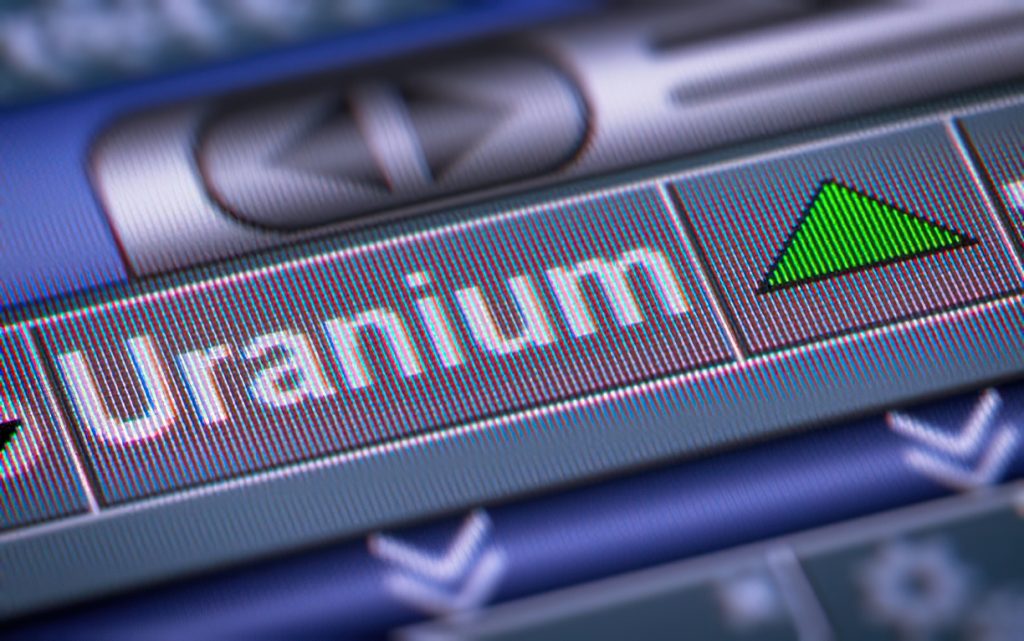Suspension of Russian uranium supplies to US could impact global market

By Eugene Gerden
The recently announced plans of the US to refuse imports of Russian uranium and to accelerate domestic production could lead to turmoil in the global uranium market and lead to the change of balance of power in the new leading players and suppliers.
Recently a group of US senators from the Republican and Democratic parties introduced a bill to impose an embargo on Russian uranium. The US Senate Committee on Energy and Natural Resources believes that the country may refuse its further use while also having the resources to boost domestic uranium mining.
Most analysts, however, believe that possible restrictions may hit not only the US market itself, but also contribute to price increases for uranium fuel around the world that could result in the closure of nuclear power plants.
Analysts also believe that introduction of the ban will shock the US market, as the share of Russian uranium suppliers is significant, traditionally 10-12% of overall US needs in uranium.
In addition to the US, there could be serious negative consequences for the world market, as with any restriction, introduction of the ban will lead to an increase in world prices for all uranium consumers, possibly up by 20%.
In 2021, the US imported 550 tons of enriched uranium from Russia worth US$546 million. In 2022, imports amounted to about 490 tons. Typically, Russian uranium fuel is bought by US Westinghouse, which set up a pilot program in Ukraine to replace Russian fuel in Soviet-type nuclear reactors.
Despite the plans of the US to start more uranium mining in the short term, most analysts do not believe the country has the ability to put an end to its dependence on uranium imports.
According to experts, the Russian Vzglyad business paper reported that while the US is currently in the top 10 countries in terms of uranium reserves, uranium production in the US over the last 25 years has actually decreased several times. This was largely due to uranium mining in Kazakhstan, Uzbekistan, and African countries, where development of local uranium reserves was more economically profitable and cheaper, making US uranium producers less competitive.
US producers may still revisit past projects and increase production; however, this will require substantial financial support and subsidies at the state level. Moreover, implementation of these plans will take time – an estimated three to five years – and will not guarantee the ability of the US to completely replace Russian uranium. If the cost of nuclear fuel increases significantly, this may lead to some negative changes in the electric power supply market in the US and even the possible closure of some regional nuclear power plants.
It is also unclear whether the United States will be able to receive uranium concentrate from Kazakhstan and Uzbekistan and process it at facilities in Europe or at its own facilities. After all, significant mining and production of uranium concentrate is controlled by the Russian nuclear monopoly Rosatom.
As for Russia, the country is currently considering options for the possible re-direction of its uranium supplies to alternative markets, given the present favourable conditions in the market, where demand for uranium exceeds supply. Therefore, among the possible options for Russian uranium, there could be China and India and possibly some emerging nations.
Still, there are also some problems in the Russian uranium sector, which may prevent its more active development, given that 75% of uranium processed in Russia is imported from other uranium mining countries. In terms of uranium mining, Russia ranks only seventh in the world despite the fact that it is in third place in terms of natural reserves. As a rule, the cost of mining Russian uranium is higher than, for example, Kazakh, Namibian or Australian uranium, which limits its competitive ability in the global market.
The possible suspension of supplies of Kazakh uranium to Russia will result in the inability of the country to export finished fuel and force it to start more active development of domestic deposits although reserves are almost exhausted.
